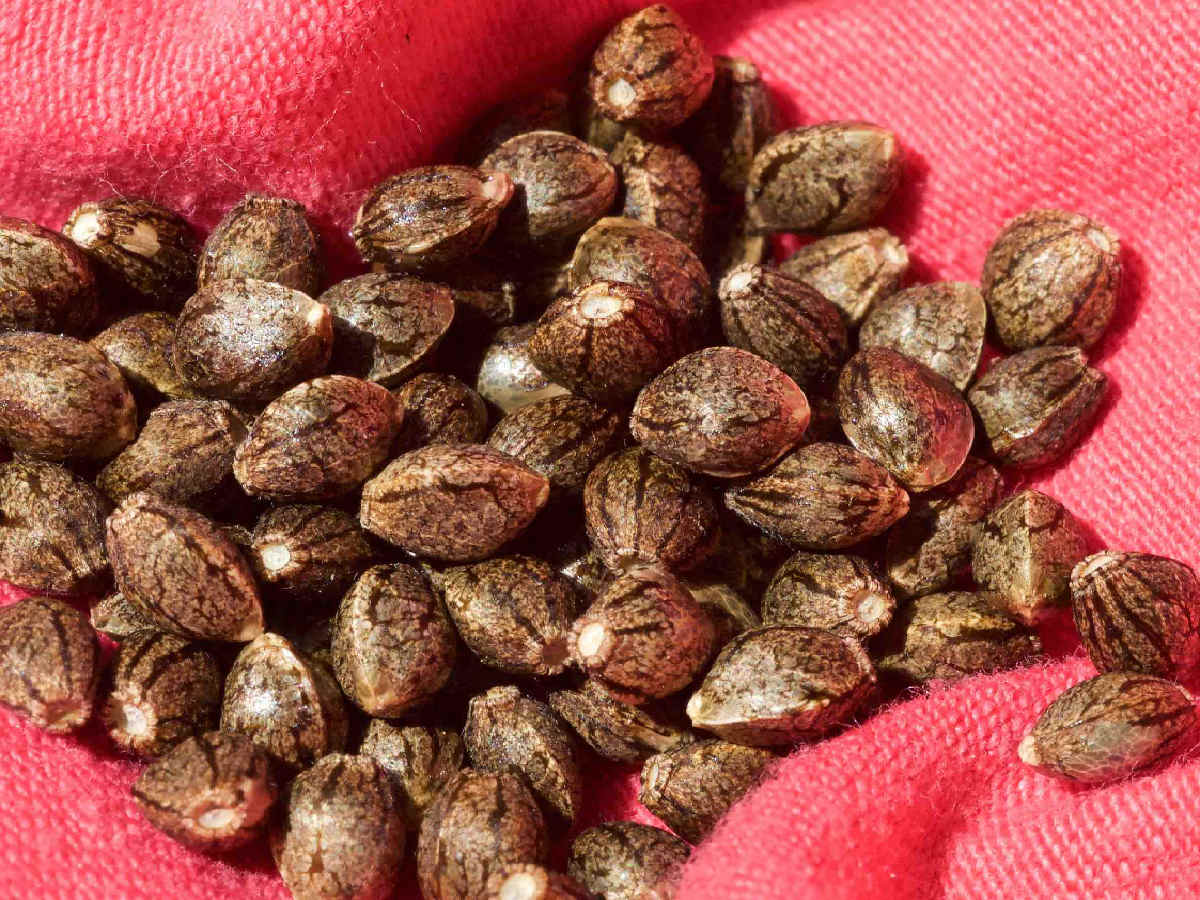Safeguarding the Green Gold: The Imperative Security of One of a kind Genetic Strains in Hashish Seeds
In the realm of agriculture, the safety of unique genetic strains is a critical element that guarantees the range and resilience of crops. Cannabis, often referred to as the “inexperienced gold,” is no exception to this principle. As the hashish business continues to burgeon, it gets to be critical to identify and safeguard the various genetic strains that add to the plant’s wealthy tapestry. This report delves into the importance of preserving distinctive genetic strains in cannabis seeds and the measures demanded for their safety.
The Significance of Genetic Diversity:
Genetic diversity is the foundation of a strong and adaptable plant species. In the scenario of cannabis, genetic variety contributes to the plant’s means to resist pests, disorders, and environmental stressors. Also, it performs a pivotal role in building strains with distinctive cannabinoid and terpene profiles, catering to numerous purchaser preferences and medicinal demands.
Preserving Visit Website and distinctive genetic strains ensures the availability of a wide spectrum of characteristics within the hashish gene pool. This genetic reservoir is necessary for creating new varieties that can thrive in diverse climates, offer you distinct therapeutic positive aspects, and deliver a assorted range of sensory ordeals for end users.
Challenges to Genetic Variety:
Regardless of the inherent significance of genetic diversity, quite a few challenges threaten the preservation of distinctive hashish genetic strains. The key worry lies in the authorized and regulatory landscape surrounding hashish cultivation. Stringent restrictions and restrictions on the cultivation, distribution, and trade of hashish seeds hinder the free of charge move of genetic materials across borders.
Moreover, the increase of large-scale commercial cultivation and the dominance of a couple well-known strains pose a possibility to the proliferation of lesser-recognised, exceptional genetic kinds. Without having ample protection, these strains might become extinct or marginalized, ensuing in a decline of beneficial genetic means.
The Role of Intellectual Property Legal rights:
Intellectual house legal rights (IPR) participate in a vital position in safeguarding exceptional genetic strains. By obtaining patents or plant breeders’ rights, breeders and cultivators can safeguard their creations, incentivizing innovation and investment in the hashish business. However, the application of IPR in the hashish sector is elaborate, with versions in legal frameworks throughout various jurisdictions.
Some nations and areas have embraced the defense of hashish-associated mental residence, when many others sustain rigid prohibitions. Establishing a standardized and globally recognized framework for the security of hashish genetic strains can aid the development of a sustainable and innovative business.
Group Engagement and Ethical Concerns:
Preserving unique genetic strains is not solely a authorized or regulatory challenge—it also requires ethical factors and community engagement. Several standard cannabis cultivators and indigenous communities have been the stewards of one of a kind genetic strains for generations. Recognizing and respecting their contributions to the cannabis gene pool is vital for sustainable and equitable enhancement.

Encouraging fair trade tactics, respecting classic knowledge, and involving local communities in conservation efforts are essential measures in guaranteeing the ethical preservation of hashish genetic diversity. Collaborative initiatives amongst market stakeholders, scientists, and regional communities can foster a additional inclusive and accountable approach to genetic pressure safety.
The Role of Seed Financial institutions:
Seed financial institutions play a pivotal role in the conservation and distribution of hashish genetic substance. These repositories retail outlet a varied array of seeds, acting as a safeguard in opposition to decline owing to organic disasters, conflicts, or regulatory improvements. Seed banks also provide as worthwhile means for breeders and researchers in search of to build new and resilient cannabis varieties.
Community and non-public seed banks, doing work in conjunction with worldwide businesses, can contribute to the world wide effort and hard work of preserving unique genetic strains. Collaboration and facts-sharing among seed banks can enable build a thorough database of hashish genetic diversity, ensuring its accessibility for foreseeable future generations.
Summary:
The safety of distinctive genetic strains in hashish seeds is not just a matter of preserving biodiversity—it is a safeguard for the potential of the hashish industry and its opportunity contributions to medication, agriculture, and buyer well-remaining. Balancing legal frameworks, ethical criteria, and group engagement is necessary for developing a sustainable and inclusive technique to genetic pressure security.
As the hashish landscape continues to evolve, it is our collective duty to cultivate a acutely aware and ahead-pondering industry—one that values the richness of genetic variety and ensures the longevity of the inexperienced gold.

